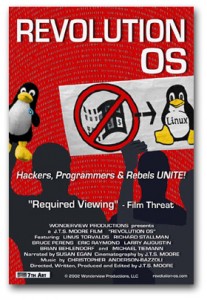May 10th: Let the Infinite Games Begin!


At our April 6 SVII gathering Bill Veltrop, co-founder of the Monterey Institute for Social Architecture (MISA), introduced Regional Metamorphosis as a pragmatic strategy for accelerating our movement into an Age of Conscious Evolution. Jesse Clark and colleagues then produced a video that does a great job of capturing the intent and spirit of that evening.
At the conclusion of the April 6 gathering Howard asserted that Silicon Valley had what it takes to be a leader in a regional metamorphosis movement. Howard invited us to explore this possibility together at a May 10th gathering at Serena Software from 4-7 PM.
Questions for you:
- Are you a GRIP, a game ready infinite player? Check your “symptoms” against this profile. http://www.theinfinitegames.org/e02/02.php
- Does the idea of playing a key role in bootstrapping a Silicon Valley regional metamorphosis initiative intrigue you? Below are some of the key roles we see needed if we are to turn this large idea into a global movement:
TEN MOST WANTED EVOLUTIONARIES
- Angel Investors
- Multimedia Story-tellers
- Transformational Leaders
- Champions of Generative Initiative
- Leader for a Center for Regional Metamorphosis
- Bridge-Builders from Academia
- Online Collaboration Web Weavers
- Developmental Mavens
- Providers of Generative Services
- Regional Conveners
- Are you willing to join with other interested GRIPs at Serena Software from 4-7 on Tuesday, May 10? At this gathering we will be —
- Getting to know who we are — what each of us cares about, and could bring to this emerging infinite game
- Diving more deeply into the ideas presented on April 6
- Exploring for the best approach to getting traction in Silicon Valley — and beyond
Requests
- If you plan to attend, please register here.
- The address is:
Serena Software Inc 1900 Seaport Boulevard, Redwood City, CA - If you can’t attend but are definitely interested, or if you have any questions, please contact Bill@MISA.ws or call at 831-462-1992
- If you’ve a friend/colleague GRIP who is a good fit, please invite him/her to join us.
- If you attended our April 6th gathering, you may find it helpful to refresh your memory with this video, http://vimeo.com/22894801
- If you were not at the April 6th event it’s important that you invest the time to watch the video. The May 10th gathering will build on our April 6 work together.
Tip of the Hat to David Alan and Mark Roest.







